There are many reasons why you should introduce blueberries into your landscape, and the first is they’re delicious. Blueberries are a tiny, but mighty fruit that packs a punch. Full of antioxidants, cancer-fighting, and having anti-aging properties, blueberries should be a part of your summer diet.
Blueberry bushes also produce subtle, white blossoms that are beautiful against their vibrant green leaves. Your dream blueberry patch can become a reality in just a few easy steps. With only three plants you can have yourself a hearty berry patch that you and your family can enjoy all Summer long.
Find The Right Location
The age old saying “Location, location, location” doesn’t just apply to real estate. The first step to creating a blueberry patch is finding the right spot. There are a few factors to consider when you’re beginning to decide where to plant.
First, blueberries bushes like full sun, so avoid putting roots down in shaded or damp areas. Full sunlight can determine the strength of your blueberry patch.
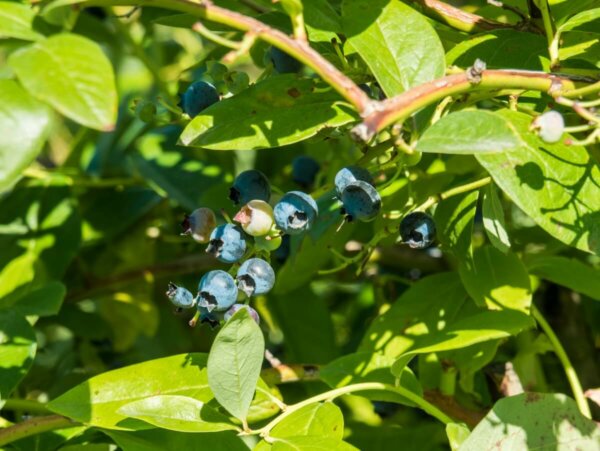
One point to keep in mind if you’re planting in the spring or fall, is that the trees aren’t full of leaves. How much shade they will actually cast in the summer isn’t displayed at that moment in time. Make sure to give yourself a little bit of wiggle room when planting your bushes near trees.
Secondly, good drainage is a must. If there is a place in your yard where water settles, avoid that area entirely. In fact, if there is a slight hill in your yard you might want to consider planting there. A little elevation will increase the drainage around your plants.
Blueberries are shallow-rooted plants and extremely wet areas can wash out or cause damage to the plant’s roots. However, shallow-roots are also close to the surface and can dry out easily. It is important to pick a location with good drainage so you can determine how much water your blueberry patch receives through watering.
Prepare The Soil
When growing a blueberry patch, there is nothing more important than soil quality. Some plants learn to adapt to different soils or pH levels, but blueberries are picky. Blueberry bushes do better in acidic soil.
Don’t get me wrong, this isn’t to say your blueberry patch won’t grow in all kinds of soil. The plants themselves will likely prosper, but if you want your blueberry bush to produce actual fruit you will likely need to adjust your soil’s pH level.
Blueberries do best in soil with a pH level between 4 and 5. You can easily test your soil before planting with a kit you buy online. If you determine that the soil’s pH isn’t exactly what you need it to be, there are several ways to easily adjust it.
For example, ground sulfate fertilizer, peat moss, and types of sawdust will increase pH levels in your soil.
Start With Three Young Plants
Starting blueberry bushes from seed can be a challenge that often times doesn’t pay off. The easiest way to start a bountiful blueberry patch is by transplanting just three young plants from a container into the ground.
You may decide later that you like a particular type of blueberry bush, but when you’re getting started it’s a good idea to buy a variety. This will extend your harvesting period because the plants will produce at different times.
Blueberry Plant Varieties
In addition, having a variety of plants will also help to cross pollinate between plants, and your patch will be stronger for it. In general, there are three types of bushes: high bush, low bush, and rabbit-eye blueberry bushes.
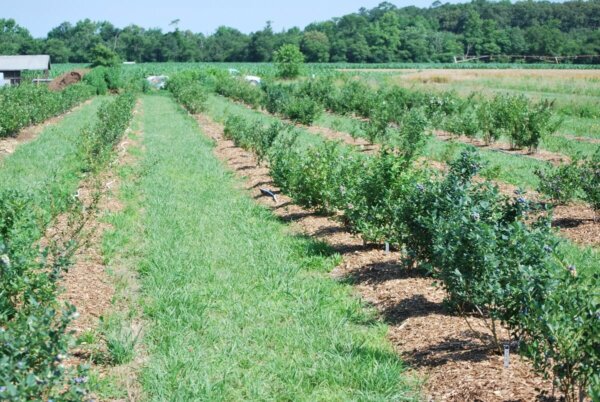
Knowing the difference between these can help you determine how big a certain variety will grow, and which is the best fit for your yard.
- Highbush blueberry plants are very cold-hardy and adapted for cooler climates. They tend to grow out and up.
- Lowbush blueberries can grow up to two feet high, but have been known to be used as a ground cover when pruned regularly. This type of bush produces fruit in late July and early August.
- Rabbit-eye blueberry bushes get their name from their berries that turn pink, like a rabbit’s eye, before they turn blue. This type of plant can grow very large, even up to 20 feet tall. Rabbit-eyes have also been known to grow faster than some other types of blueberry bushes.
Pruning Is Key
Pruning is a crucial step to growing a successful blueberry patch, as is having patience. Unfortunately, you should not expect to harvest any blueberries during the first year after planting, some growers even recommend pinching off blossoms the second year as well.
Make sure to keep a close eye on your patch after planting. You will have to pinch off any white blossom that appear on the bush, as this is where the fruit will grow. This ensures that your plant is strong enough to produce a bounty of fruit later, because it needs time to acclimate to its new living arrangement first.
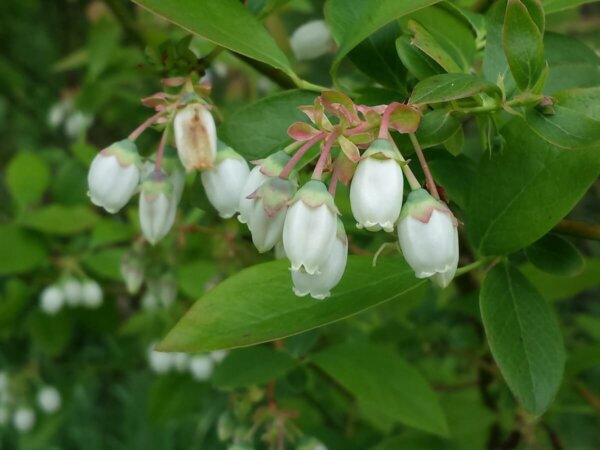
Once your plant is established, healthy, and strong, usually a year after planting, you can allow the blossoms to turn into fruit. If you rush this process you could end up with a plant that only produces a few small, green berries each year.
Real pruning, where you actually trim branches, is not necessary for the first four years after you plant your patch. However, pruning later will help generate new shoots and increase the number of berries on each plant.
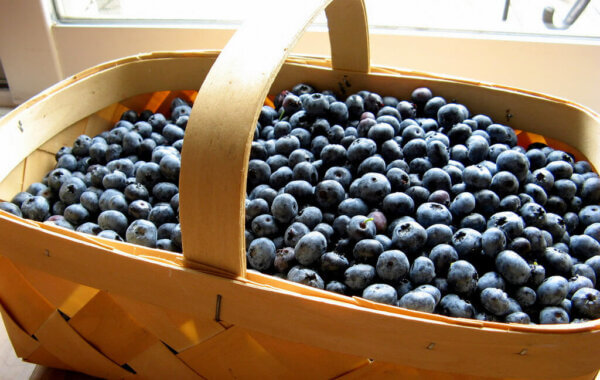
Once your patch is established and growing strong, you will be picking fresh blueberries all summer long!
Freelance writer Marlene Ridgway grew up in rural West Virginia, cooking, keeping chickens, stacking firewood, picking blueberries, and gardening.

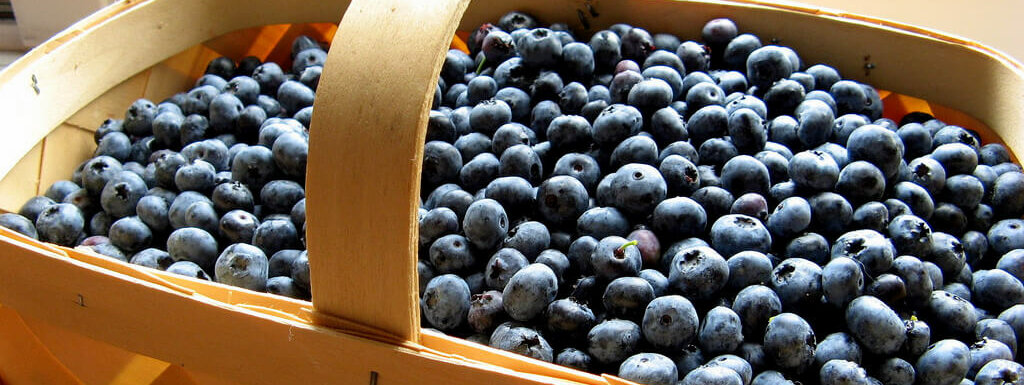








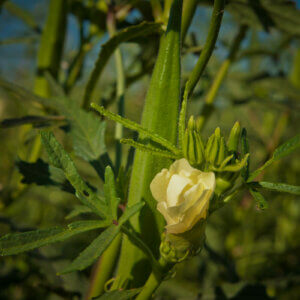
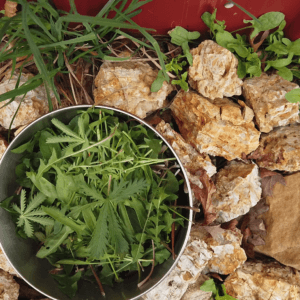









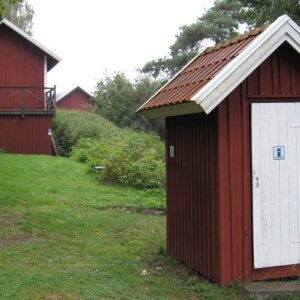






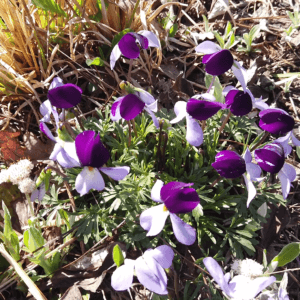





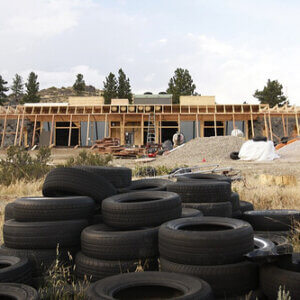




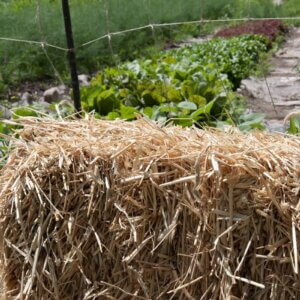
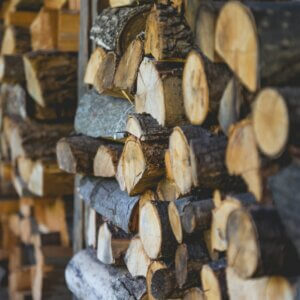
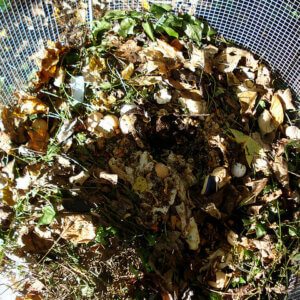
Leave a Reply